Russia is said to be pursuing the goal of producing 6,000 suicide UAVs to dominate the skies of Ukraine and increase its position in the arms race with its opponents.
At a factory in the Alabuga Special Economic Zone in the Republic of Tatarstan in Russia, engineers are busy planning to build a production line for suicide unmanned aerial vehicles (UAVs), a weapon dubbed the "sky killer" that has caused many losses for Ukraine on the battlefield.
Russia has long made no secret of its ambition to possess powerful UAVs to overwhelm Ukraine’s air defenses and gain an advantage on the battlefield. According to leaked documents obtained by the Washington Post , a former Russian Federal Security Service official was assigned to oversee security for a plan to produce 6,000 suicide UAVs to “flood” Ukraine’s skies.
In correspondence and documents, they used code words and slang, such as calling UAVs "boats" and explosives "bumpers", while Iran, the country that is believed to have supported UAV technology for Russia, was referred to as "Ireland" or "Belarus".
In November 2022, three unnamed Western officials said Russia and Iran had finalized a multibillion-dollar deal to transfer technology to produce armed UAVs after a meeting in Tehran, adding that the two countries had rushed to transfer designs and key components to start a production line of hundreds of UAVs in Russia within months.
Satellite images show that the factory serving this plan is being built in the Tatarstan region, more than 800 km from Moscow, with the goal of producing 6,000 suicide UAVs by the summer of 2025, enough to change the situation of the Russian army's weapons shortage on the front line.
Researchers at the Institute for Science and International Security in Washington, USA, believe that Russian engineers in Alabuga are looking to improve the technology on Iranian-designed UAVs, taking advantage of Moscow's expertise and industrial capacity to produce better quality aircraft on a larger scale.
David Albright, a former United Nations weapons inspector who led the team examining the leaked documents obtained by the Washington Post, said engineers in Alabuga “appear to be seeking to develop UAVs with capabilities far beyond those of the Iranian model.”
The leaked documents include factory blueprints, technical diagrams, personnel files, minutes provided to Iranian partners and presentations to the Russian Defense Ministry on the “Boat Project”.
The research team, led by Albright and senior researcher Sarah Burkhard, said the document was highly credible and "detailedly describes the procurement process, production capacity, as well as plans to conceal and disguise Russia's purchase of Shahed UAVs from Iran."
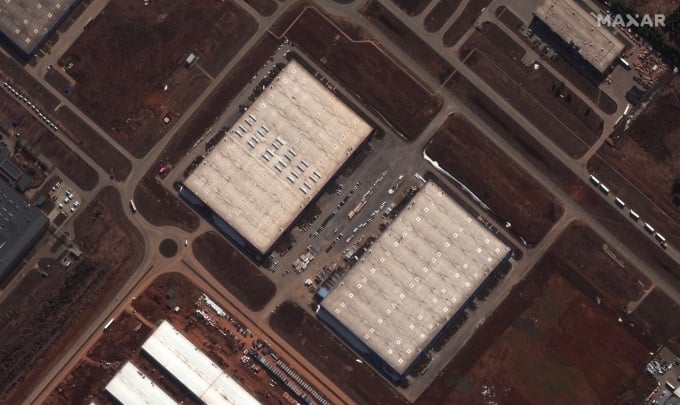
Satellite image of a facility believed to produce UAVs jointly produced by Russia and Iran in the Tatarstan region. Photo: Maxar
Despite Russia’s breakthroughs in air defense and hypersonic missiles, the country’s military has been slow to prioritize the development of UAV technology in recent years. This was evident in the early stages of the war, when Russia mainly had reconnaissance UAVs and did not have types that could accurately strike targets at long distances.
As Ukraine increasingly uses UAVs provided by the US and its Western allies to attack targets on the front line, Russia realizes the importance of this type of "sky killer", in the context that Russian air force manned fighters cannot operate freely against Ukraine's multi-layered air defense network.
To improve the situation, Russia has adopted a strategy of relying on the available technology of its allies and partners, notably Iran, one of the few countries willing to sell military components to Moscow amid Western sanctions.
Suicide UAVs began to be widely used on the battlefield in Ukraine last summer. The Geran-2, similar to Iran’s Shahed-136 UAV, can carry more than 53 kg of explosives and then fly straight towards its target after hovering in the sky.
The UAVs have a range of 1,700-2,400 km, allowing Russia to strike targets deep inside Ukraine, weakening Kiev’s air defenses without having to fire expensive precision-guided missiles. The attacks, which mainly targeted critical civilian infrastructure, knocked out Ukraine’s vital power grid and destroyed grain storage, according to Vladyslav Vlasiuk, an adviser to President Volodymyr Zelensky.
In November, the Kiev-based think tank StateWatch examined the downed Russian Geran-2 and found that key components, including the engine and warhead, were made in Iran. That same month, Iran acknowledged supplying the drones to Russia, but said they were delivered before the conflict began.
Over the past three months, Russia has attacked Ukraine with more than 600 Shahed-type drones, according to Kiev’s intelligence assessment in July. The Conflict Armament Research Group in the UK examined two drones shot down last month and analyzed their components, suggesting that Russia has begun to improve the Shahed-136 model and produce a more advanced domestic version.
These modified suicide UAVs are all manufactured in the Alabuga Special Economic Zone, where the factory is larger than 14 football fields, according to documents obtained by the Washington Post.
The production plan at the facility is divided into three phases. First, Iran will ship disassembled UAVs to the Alabuga plant. Second, Russia will produce the UAV airframes, combined with engines and electronics supplied by Iran. In the final phase, more than 4,000 UAVs will be produced with less support from Iran for delivery to the Russian military by September 2025.
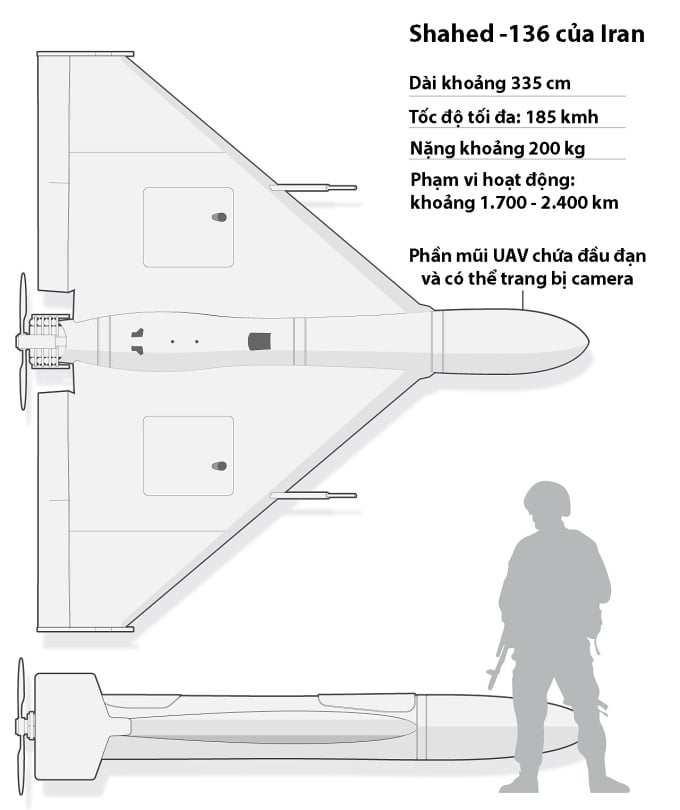
Iran's Shahed-136 UAV model. Graphics: Washington Post
Analysis by the Institute for Science and International Security found that the ambition to produce this UAV "appears feasible" but there are still loopholes that could disrupt or delay the plan.
Leaked documents indicate that sourcing the components needed to build improved UAVs is an immediate challenge, as Western restrictions prevent Russia from accessing foreign-made electronic components.
The Conflict Armament Research Organization, after studying the wreckage of two Geran-2 UAVs shot down in Ukraine, discovered more than 100 components produced by 22 companies from 7 countries, including Russia, China, the US and Switzerland.
Data provided by Tehran to Russia shows that more than 90% of the UAV's chips and electronic components are made in the West, mainly in the United States. Only 4 of the 130 electronic components needed to build the UAV are made in Russia.
The UAV’s control unit requires 21 electronic components made by Dallas-based Texas Instruments. At least 13 components, made by Massachusetts-based Analog Devices, are present on all of the UAV’s main circuit boards. The UAV also requires other components such as the Kintex-7 FPGA, a processor for its navigation and communications systems, made by a California-based company AMD acquired last year.
The companies all say they comply with all US sanctions and global export regulations, ensuring their products do not end up in the hands of banned countries. The leaked documents also show that no Western companies directly supplied components for UAVs to Russia or Iran, suggesting they were shipped from a third party.
Russia’s lack of a strong domestic engine industry could also complicate its UAV ambitions. The Shahed-136 is powered by a German Limbach Flugmotoren L550E engine that Iran purchased two decades ago.
To reach the final stage of the plan, Russia will have to build its own version of the engine, a task described as the most complicated.
Russian engineers in Alabuga reportedly requested a meeting with Mado, the Iranian company that copied and redesigned the Mado MD550 engine based on an engine purchased from Germany. Late last year, Western countries imposed sanctions on Mado for its role in the war in Ukraine.
In addition to the challenge of parts shortages, the Alabuga plant may also face staffing issues. The facility currently employs 810 people in three shifts a day, but lacks experts in critical and complex areas such as electronic warfare systems.
Some Alabuga employees traveled to a UAV production center in Iran for specialized training, according to leaked documents. By late spring, an estimated 200 Alabuga employees and 100 trainees had been trained at Iranian facilities.
An ad on Alabuga's Telegram channel invites female workers aged 16-22 to "build a promising career at the largest UAV production specialist training center," with a starting salary of $550 per month.

Three phases of Russia's plan to produce 6,000 UAVs. Graphic: Washington Post
Despite these challenges, Russia’s ambition to produce 6,000 suicide UAVs is moving forward, with the document showing that Moscow has made progress toward its goal of developing an improved version of Iran’s Shahed-136.
Engineers are working to upgrade Iran's older technologies, while also researching improvements to UAVs, such as the ability to attack in groups and equip them with artificial intelligence, allowing them to coordinate attacks to destroy targets.
If successful, the project in Alabuga would not only help Russia maintain its weapons supply to deal with Ukrainian forces on the battlefield, but also improve Moscow's position in the drone arms race with its peers, observers said.
Thanh Tam (According to Washington Post )
Source link


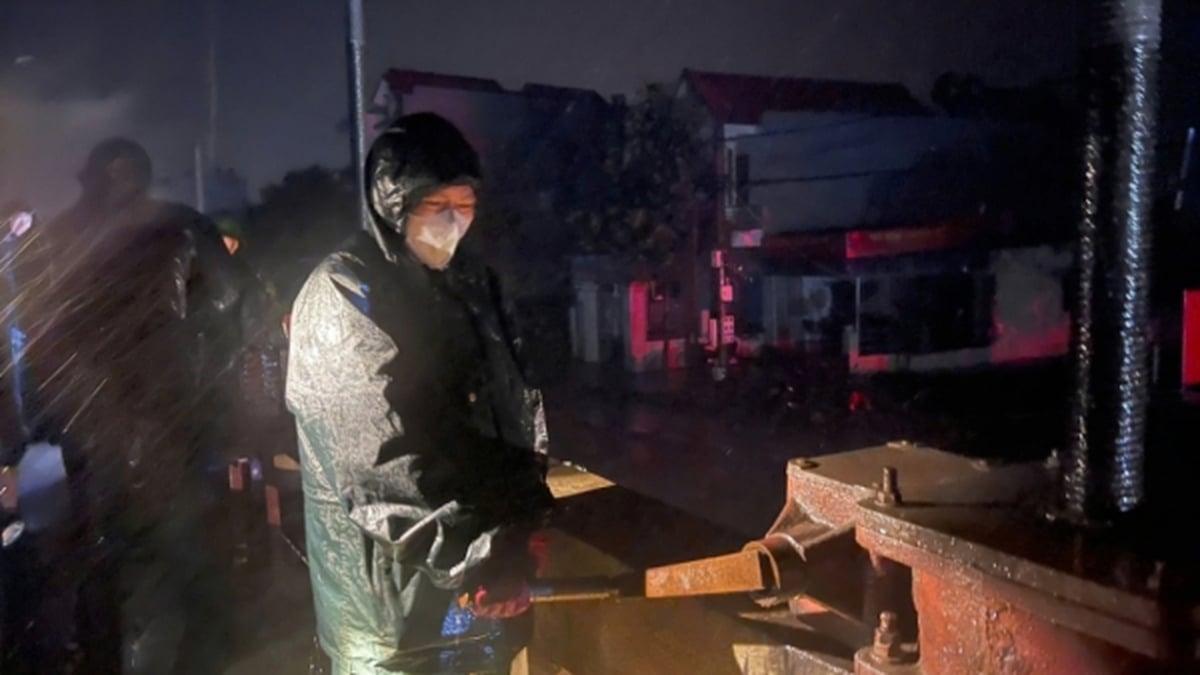
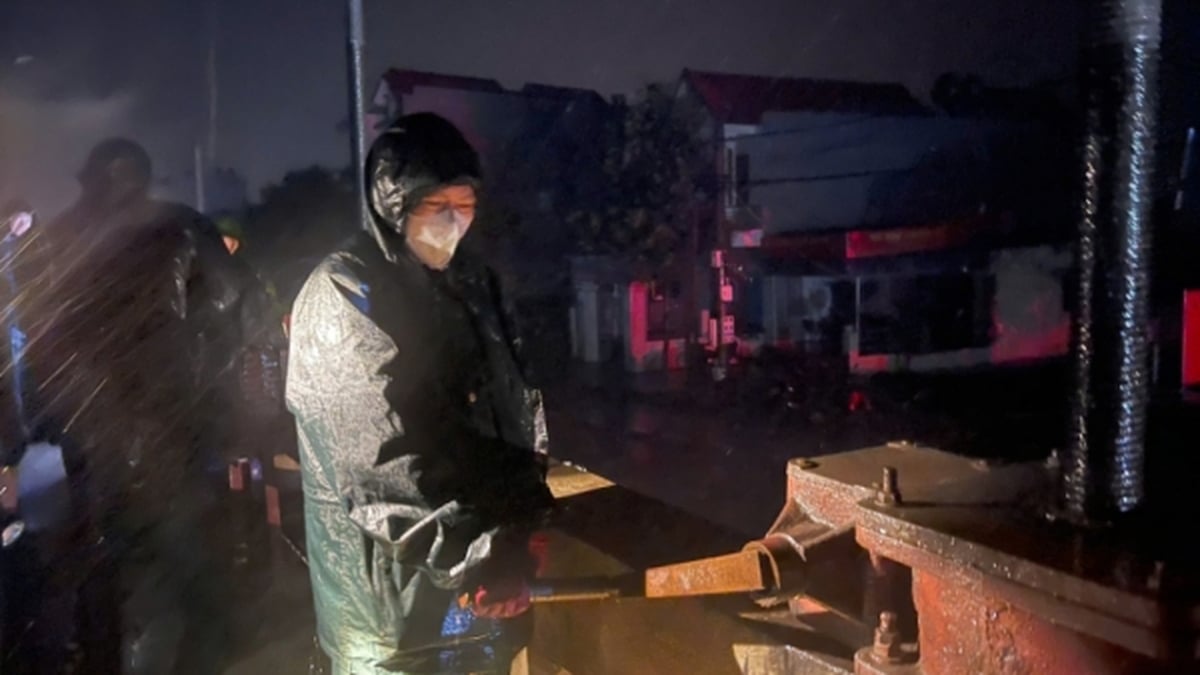

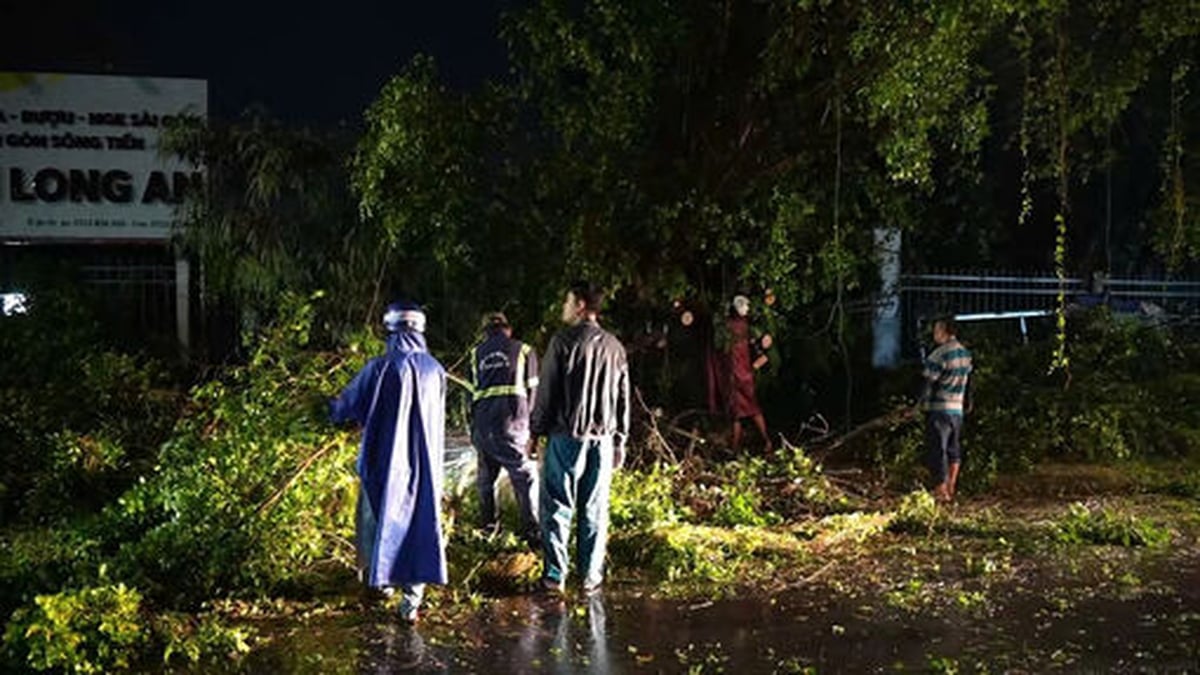
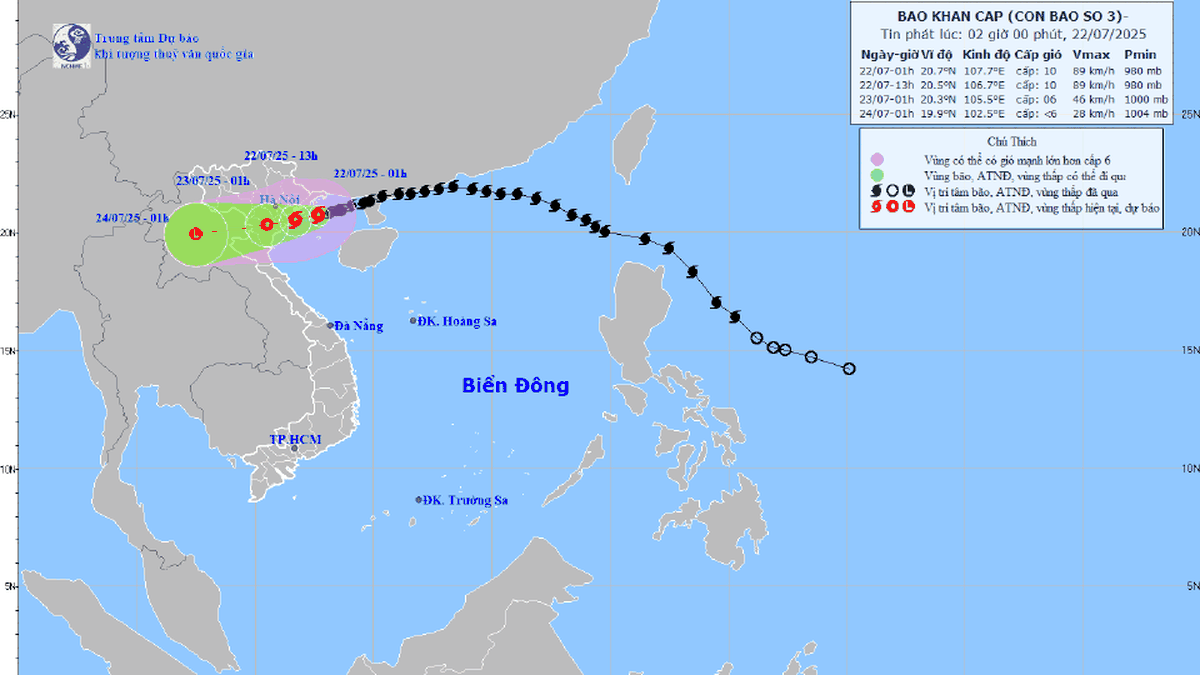


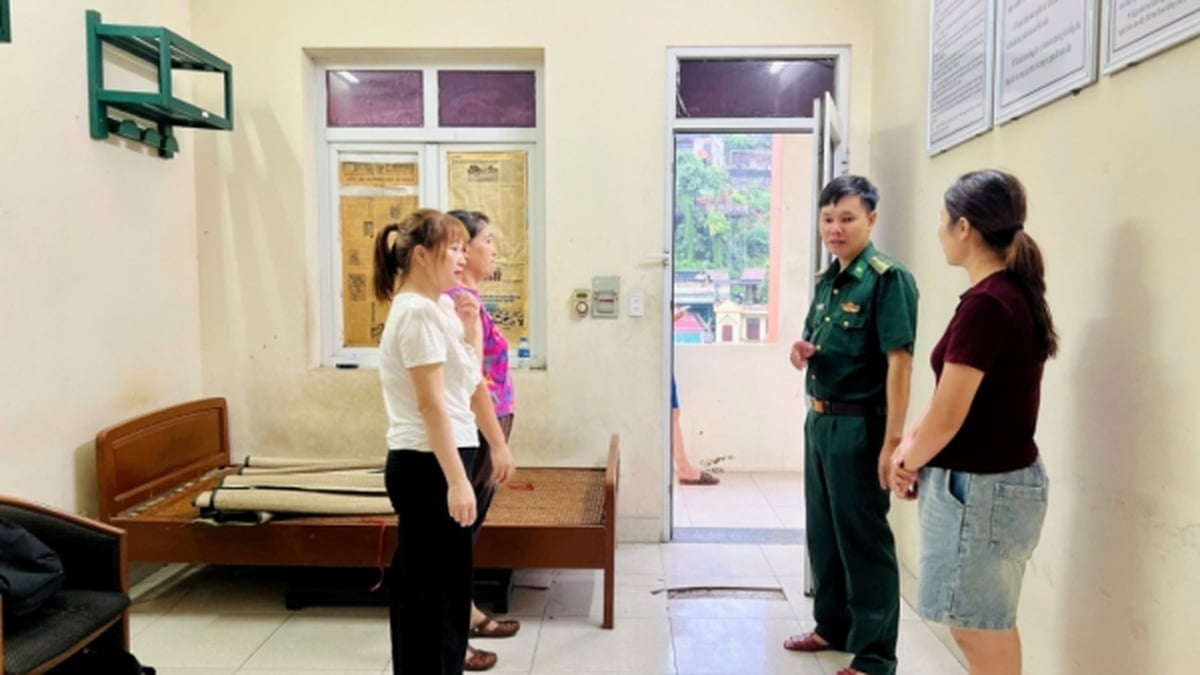
















![[Photo] National Assembly Chairman Tran Thanh Man visits Vietnamese Heroic Mother Ta Thi Tran](https://vphoto.vietnam.vn/thumb/1200x675/vietnam/resource/IMAGE/2025/7/20/765c0bd057dd44ad83ab89fe0255b783)

























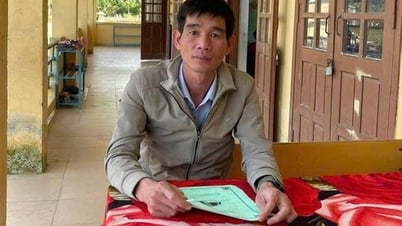




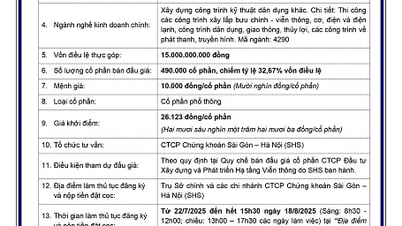








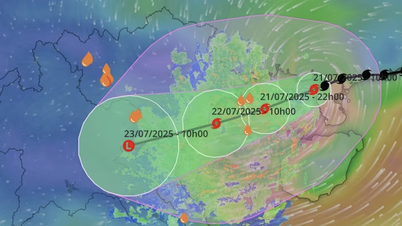




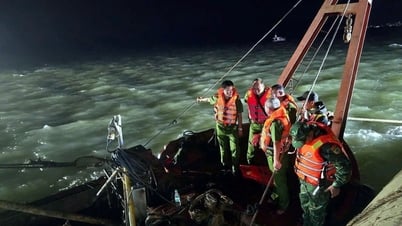


























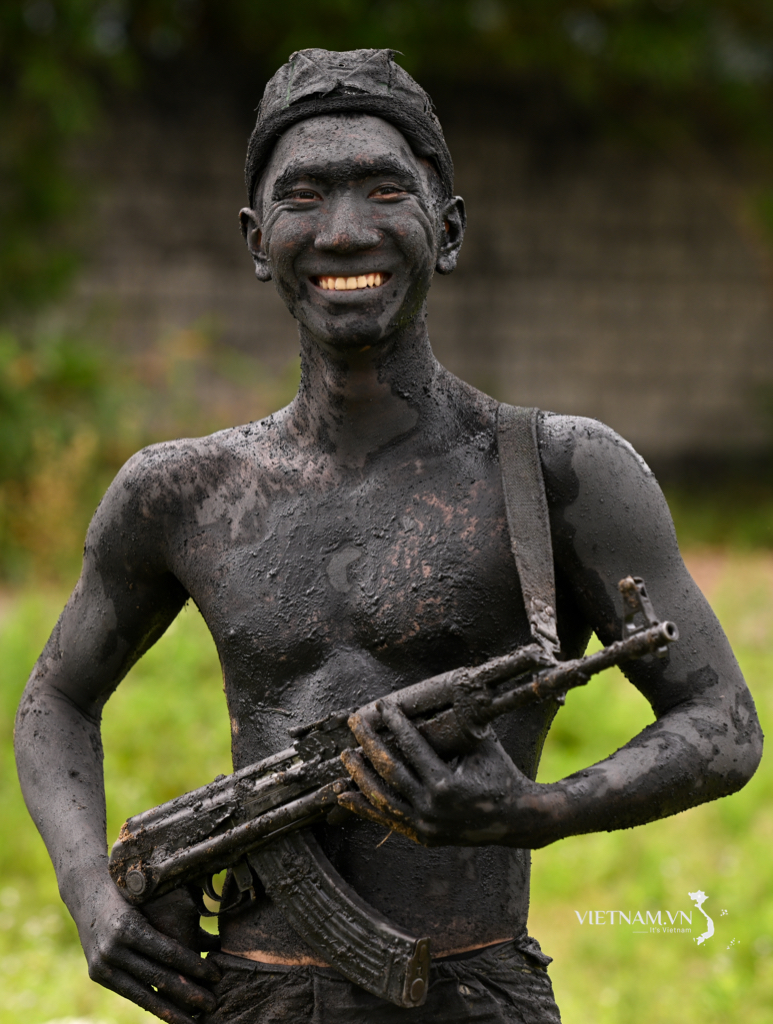
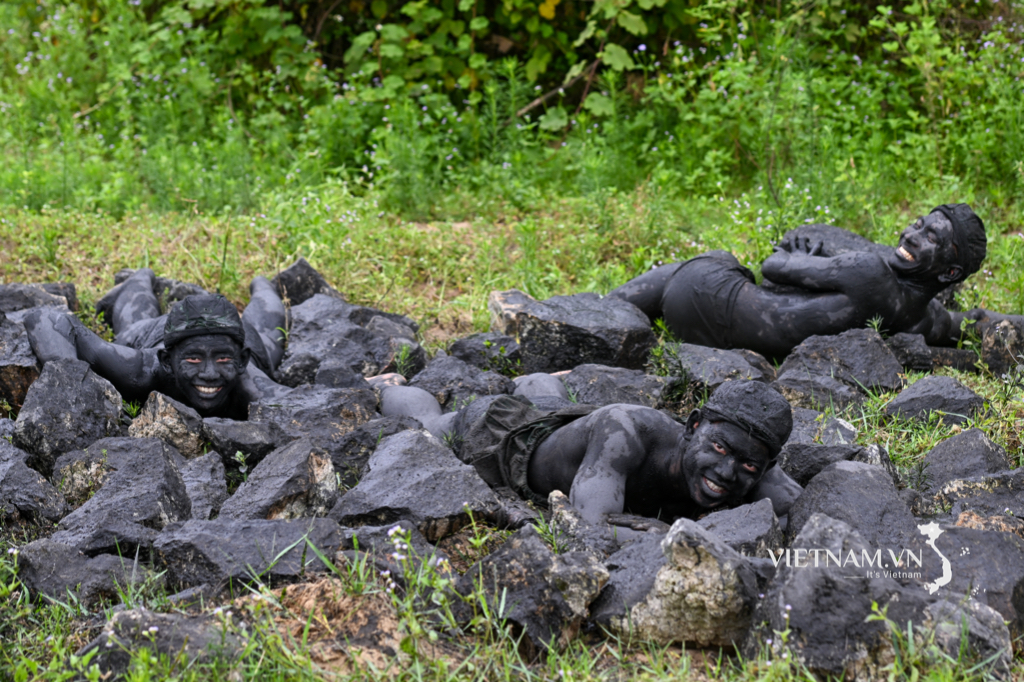

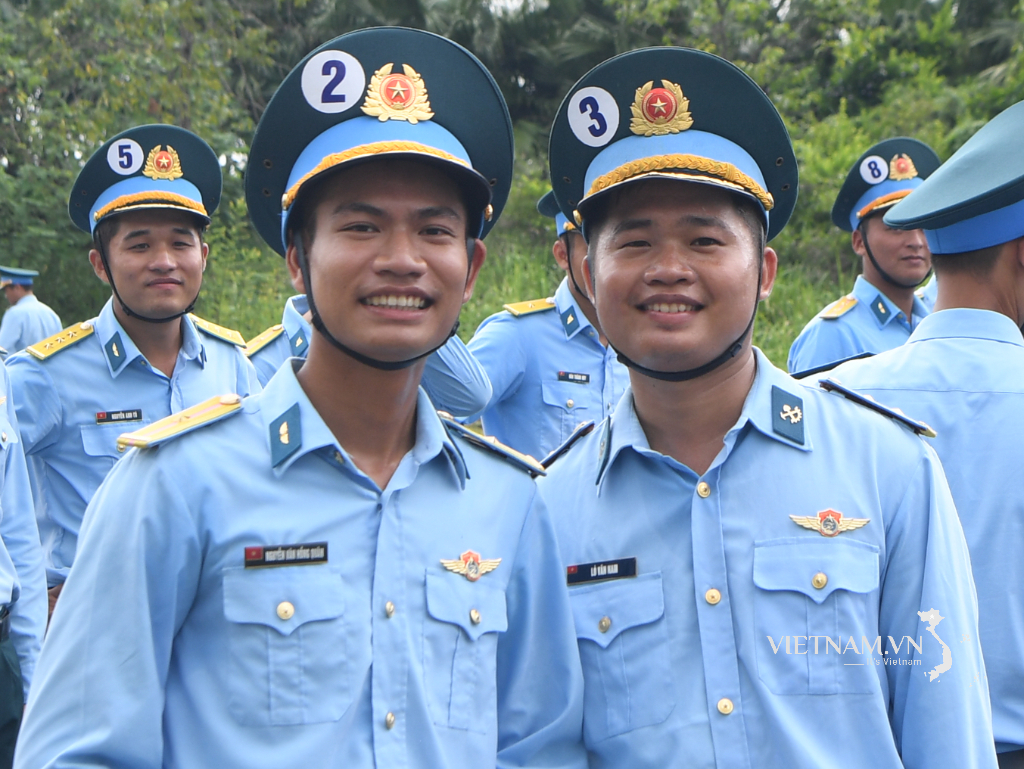
Comment (0)